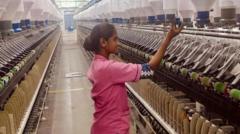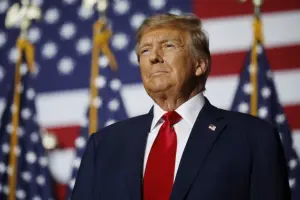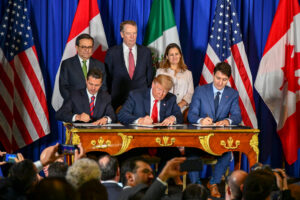The rapid increase of low-cost viscose yarn imports from China is causing significant drops in local textile production, raising concerns over India’s trade relationship with its neighbor and the implications of US tariffs.
**India Faces Trade Challenges as Chinese Imports Surge Amid Tensions with US**

**India Faces Trade Challenges as Chinese Imports Surge Amid Tensions with US**
India's textile industry is grappling with a surge in cheaper Chinese imports, impacting local production as trade tensions escalate with the US.
In the bustling textile hub of Tamil Nadu, Thirunavkarsu's spinning mill, a venerable institution of 64 years, has witnessed a noticeable deceleration in its operations. The viscose yarn he produces, critical for woven garments, remains largely untouched in storage as Indian manufacturers experience a staggering 40% decline in orders over the past month. The roots of this downturn can be traced to a recent influx of Chinese imports, which have drastically undercut local prices by 15 rupees ($0.18; £0.13) per kilo.
As Donald Trump enforces steep tariffs of up to 145% on numerous Chinese goods destined for the US, manufacturers in China are redirecting their focus to other markets like India, resulting in a deluge of competitively priced products. Local textile producers argue that they are suffering as a result of this "dumping" activity, with many small mills experiencing significant production slowdowns.
Jagadesh Chandran from the South India Spinners Association highlighted that around 50 smaller textile mills are already reducing output, with some expressing fears of potential closures if this trend continues. While India primarily satisfies its viscose yarn demand through domestic production, the growing reliance on cheaper imports poses a serious threat to local manufacturers who cannot compete with the low production costs of their Chinese counterparts.
Chinese Ambassador to India, Xu Feihong, has publicly assured Indian officials that his country does not intend to engage in market dumping, but the sentiment across various sectors in India suggests widespread apprehension towards a looming supply crisis stemming from the influx of cheap Chinese goods. This angst emanates not only from textiles but extends across numerous industries, given China’s stature as a leading global exporter.
Recent data from the World Trade Organization (WTO) reveals that investigations into alleged unfair Chinese imports have reached historic levels, with nearly 200 cases filed, including 37 from India. India's trade deficit with China, already soaring to $100 billion, could exacerbate if current trends persist, especially given that the inflow of Chinese goods saw a 25% uptick in March alone.
In response to these pressures, India's trade ministry has established a monitoring committee to scrutinize the flow of inexpensive Chinese products while implementing measures such as a 12% tax on certain steel imports to protect domestic industries. However, despite these efforts, India's attempts to reduce reliance on Chinese goods appear to be falling short, as the government has struggled to implement effective export-boosting strategies.
The reliance on Chinese components underscores a structural challenge in Indian manufacturing, with observers noting that existing tariffs and incentives meant to promote local industry might not contribute sufficiently to export growth. Ajay Srivastava from the Global Trade Research Initiative outlined that unless India addresses its competitiveness gap effectively, the trade narrative with China will remain unfavorably skewed.
With trade tensions between the US and China creating openings for reshaped economic alliances, India must act decisively to leverage these opportunities while asserting its position against unfair trade practices. For a country aiming to enhance its global manufacturing standing, clarity on trade policies with China will be crucial as the dialogue around these issues gains urgency on both sides.





















